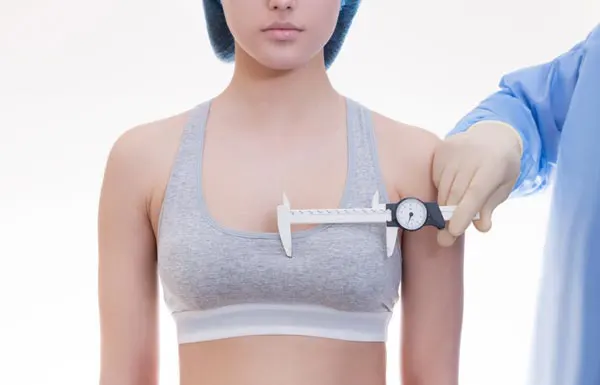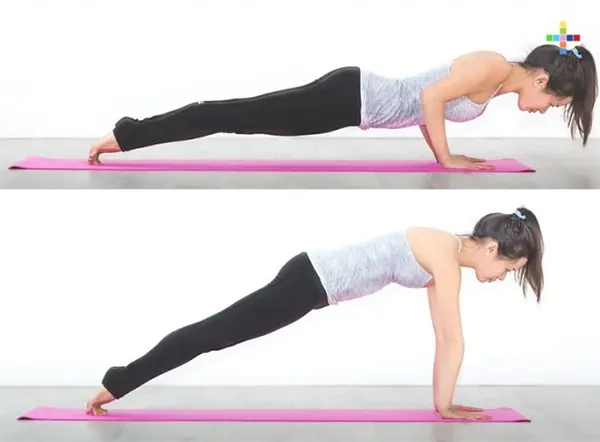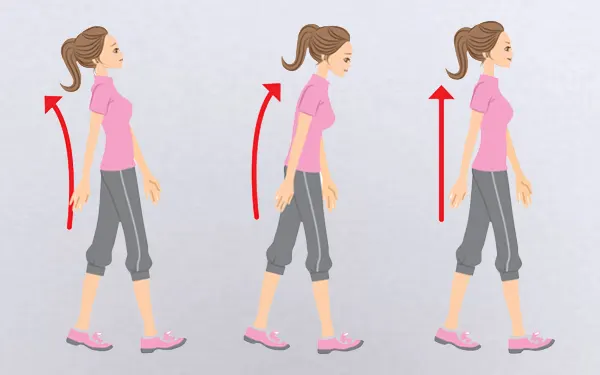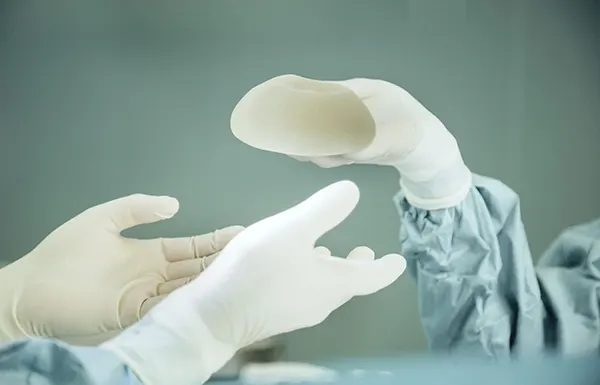A woman’s breasts are naturally subject to fluctuations in size and shape over her lifetime, with pregnancy and breastfeeding representing periods of particular change. While the extent of asymmetry manifesting in each woman’s breasts during lactation is unique to her individual physiology, some degree of unevenness is commonly observable.
This article will delineate how to restore your breasts to normal after breastfeeding, as well as provide guidance on caring for breast tissue during the breastfeeding stage.
What Happens to Breasts After Breastfeeding?

The hormonal fluctuations of pregnancy instigate physiological changes within the breast tissue as vascularity increases to accommodate expanding milk ducts. This mammillary engorgement often augments cup size and renders mammary veins more prominent.
In tandem with the ligamentous laxity of gestation, the suspensory Cooper’s ligaments structurally supporting the breast parenchyma likewise loosen and distend to facilitate growth. Stretch mark formation on the overlaying integument may concomitantly arise from such rapid breast enlargement.
The tractional forces generated during lactation can attenuate breast skin and stromal tissue. As the lactiferous architecture involutes post-weaning to pre-gravid dimensions, this breast distortion lends an appearance of empty sagging to some women’s breasts. While visually displeasing, this cosmetic concern does not constitute medical pathology.
Additionally, multiple nipple changes manifest to optimize mammary function. Nipples frequently hyperpigment and the glandular Montgomery bumps hypertrophy. Concurrent areolar expansion also eventuates to assist infant latching and feeding.
Notably, these pregnancy-related breast alterations precede and are independent of actual breastfeeding behaviors. Their development constitutes an innate physiologic preparation for the rigors of postpartum suckling.

Why Breasts Become Lopsided?
Mammary asymmetry can arise when one breast receives greater stimulatory input relative to its contralateral counterpart, be it from infant suckling or mechanical pumping. This heightened activity precipitates increased milk synthesis and gradual hypertrophy of the favored breast. Preferences for one breast may originate with the newborn or alternatively from the mother consistently initiating feedings on the same side.
Disproportion is most readily apparent in the initial postpartum weeks as the maternal lactation cycle still stabilizes. However, persistent unevenness can occur past this equilibration phase if a consistent side bias persists during nursing sessions. Ongoing attentiveness and alternation of the breast proffered at feedings can mitigate the development of asymmetry. By balancing mammary stimulation, mothers can promote proportional breast size and appearance.
How to “Get Breasts Back” After Breastfeeding?
While the pre-gravida contours of the breast cannot be fully reclaimed, steps can be taken to improve mammary projection and structural integrity post-weaning.
1. A Proper Bra With a Proper Posture

Body image distress related to breast appearance frequently burdens mothers after breastfeeding cessation. A properly fitted brassiere provides critical support to counteract breast ptosis and sagging. However, optimal results require careful selection of size, shape, and fabric to ensure adequate uplift and user comfort. Consultation with lingerie experts facilitates determining the most appropriate bra fit.
Furthermore, the constant physical demands of cradling and nursing an infant often incur postural deviations like a slumped, flexed posture. Conscious correction of body mechanics together with proper breastfeeding ergonomics can mitigate these acquired distortions. With vigilance and targeted interventions, new mothers can both nurture their child and restore brisk, youthful breast aesthetics.
2. Exercise Regularly

While exercise confers little direct benefit to mammary glandular, adipose, or suspensory tissues, strengthening the underlying pectoral musculature can provide mild breast elevation. Incorporating push-ups, chest presses, and free weight training into one’s fitness regimen targets the pectoralis major and minor for renewed projection.
3. Make Healthier Eating Decisions

Significant weight fluctuations profoundly impact breast morphology. Crash dieting should be avoided, as precipitous caloric restriction risks impairing breast elasticity and collagen integrity, hastening ptosis. Curbing smoking and junk food consumption while increasing hydration and consuming nutritious foods promotes ideal breast texture and contour. By implementing healthy lifestyle changes in diet, exercise, and smoking cessation, women can actualize lifted, toned breasts post-weaning.
4. Exfoliate and moisturize your skin

Ensure you hydrate your skin on a daily basis, with particular attention to the chest region, in order to maintain its firmness and hydration. Opt for a botanical lotion enriched with natural extracts that is designed to nurture skin that is tight and exhibits a youthful appearance. Moreover, during your bathing routine, incorporate the use of a body scrub or a loofah to delicately exfoliate the skin on your breasts. The elimination of dead skin cells enhances blood flow and reinstates skin elasticity.
5. Posture

Posture that is detrimental, such as a slouched or stooped back, can lead to the breasts hanging unsupported, thereby intensifying the pressure and strain on the breast tissue and exacerbating the issue of sagging. In contrast, good posture involves training your body to move in ways that exert the least stress on the supporting ligaments and muscles. Proper posture effectively balances the weight across your body and acts as a preventative measure against sagging by promoting a straight back and retracted shoulders.
6. Massage Your Breasts

Breastfeeding provides substantial stimulation for the breasts, while weaning provides very little. Massage techniques can assist the breasts in responding to this change more effectively. Carefully applied massage from all angles promotes blood flow, revitalizing and supporting the repair and regrowth of breast tissues. Gentle massage with olive or almond oils may lessen sagging and strengthen the muscles for better support.
7. A Proper Diet

The diet during pregnancy and lactation differs from the nutrition needed afterward. Focus on foods that improve muscle tone, promote supple skin, and combat elasticity loss by tightening skin. Foods high in Vitamins B and E improve skin tone and should be included. Also, limit intake of high-fat, animal-based foods which can increase breast size while decreasing firmness.
8. Cosmetic Surgery

Due to changes in shape after breastfeeding, some women elect to have breast augmentation surgery. This highly personal decision is not appropriate for every individual. Before undergoing any cosmetic procedure, it is imperative to contemplate the ramifications thoroughly.
If you plan to have more children, you should wait until after you are finished childbearing before considering surgery. Certain breast procedures may make future breastfeeding nearly impossible. Furthermore, even after an operation, subsequent pregnancies will still cause changes to the breast tissue.
As with any major medical intervention, consult your physician regarding the potential benefits and risks, as well as any possible complications. Thoroughly discuss all aspects of the process. Careful deliberation is essential when making decisions impacting your health and future.
Final Words
There are various techniques to restore breasts to a pre-lactation state. Exercises and dietary adjustments can aid in reshaping the breasts. A properly fitted, quality bra furnishes additional support, reducing strain on breast tissues and muscles. While pre-pregnancy form may not be fully attainable, these methods can improve sagging and laxity. However, for those dissatisfied with their postpartum figures who desire more dramatic change, surgical enhancement may be optimal.
However, comprehending the trade-offs accompanying cosmetic choices is imperative. Before finalizing any decision, carefully weigh impacts on future pregnancies, bodily effects, and potential need for additional procedures.





